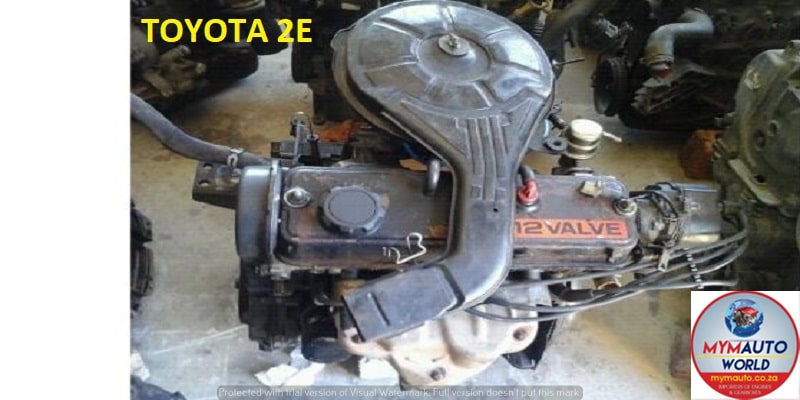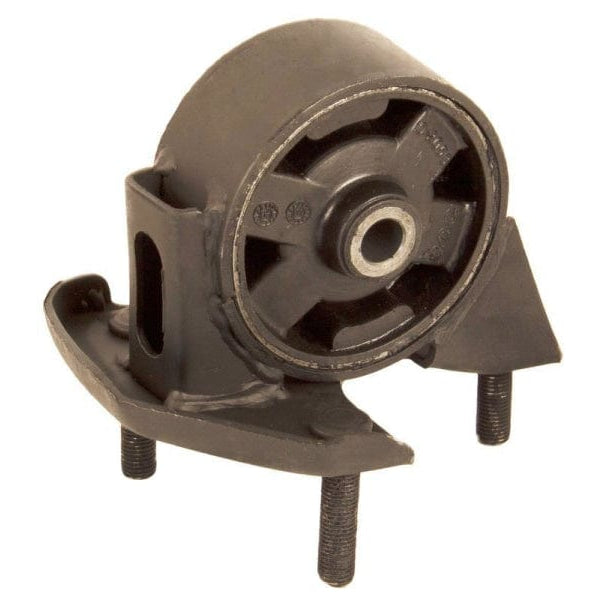What Makes the Toyota Tazz a Great Option for Budget-Friendly Transportation
What Makes the Toyota Tazz a Great Option for Budget-Friendly Transportation
Blog Article
Check Out the most up to date Fads in Engine Technology Through Tazz
In the rapidly evolving landscape of auto modern technology, Tazz stands at the leading edge, highlighting considerable developments in engine systems that prioritize both technology and sustainability. From crossbreed engines that enhance fuel performance to the introduction of hydrogen fuel cells, the trends forming modern powertrains are not only enhancing efficiency however also addressing essential ecological challenges.
Crossbreed Engine Innovations
Hybrid engine innovations stand for a critical change in vehicle technology, incorporating the benefits of internal burning engines with electric propulsion systems. This combination not only improves gas effectiveness but likewise decreases discharges, meeting significantly strict environmental guidelines. By making use of both energy resources, hybrid engines can optimize efficiency, delivering power when required while conserving fuel throughout less requiring driving conditions.
Current developments in crossbreed technology consist of improvements in battery effectiveness and regenerative stopping systems. These developments permit greater energy recuperation during deceleration, which can be rerouted to aid in acceleration or power accessory systems. Makers are concentrating on small layouts and light-weight materials to take full advantage of the performance of crossbreed powertrains.
The growth of plug-in hybrids has also broadened the marketplace, allowing vehicle drivers to bill their vehicles using conventional electric outlets. This function commonly enables substantial all-electric array, more lowering dependancy on traditional fuels. tazz. As the automobile market remains to progress, hybrid engine innovations are expected to play a vital duty in linking the space between traditional cars and fully electric models, giving a transitional remedy that accommodates varied consumer needs and choices
Breakthroughs in Electric Powertrains
The auto landscape is quickly progressing, with electric powertrains becoming a leading pressure in lasting transportation. Advances in electrical automobile (EV) innovation are considerably enhancing efficiency, customer, and performance experience. Secret developments consist of enhancements in battery chemistry, which have boosted energy thickness, decreased billing times, and prolonged overall battery life.
Solid-state batteries, for instance, promise to change the market by giving higher safety and security and effectiveness contrasted to conventional lithium-ion cells. Furthermore, improvements in regenerative braking systems are making it possible for vehicles to recover power throughout slowdown, adding to general effectiveness.
In enhancement to battery modern technology, electric motor layouts are coming to be a lot more innovative. Technologies such as incorporated electric motors and advanced thermal administration systems are aiding to maximize power distribution and reduce weight, ultimately enhancing vehicle dynamics.

Collectively, these advances emphasize the dedication to change in the direction of cleaner, a lot more effective transportation services, positioning electric powertrains at the center of auto technology.
The Increase of Hydrogen Fuel Cells
Increasingly, hydrogen fuel cells are obtaining grip as important site a feasible option to conventional internal burning engines and battery electrical cars. This technology harnesses the chemical power kept in hydrogen, converting it right into electrical energy with an electrochemical reaction with oxygen. The key by-product of this process is water, making hydrogen gas cells an eco-friendly alternative with no emissions at the tailpipe.

Automakers are increasingly purchasing hydrogen fuel cell innovation, identifying its possibility for long-range applications and fast refueling abilities that equal traditional fuels. Additionally, industries such as durable transportation and public transportation are specifically fit for hydrogen fuel cells, where battery electric solutions may fail because of weight and variety restrictions.
As research study and financial investment remain to increase, hydrogen gas cells are positioned to play a substantial duty in the future landscape of tidy transport and power options.
Enhancements in Internal Burning Engines
Technologies in inner burning engine (ICE) innovation are changing standard lorries to fulfill modern-day ecological requirements and performance expectations. One of one of the most substantial improvements includes the combination of sophisticated fuel shot systems. These systems maximize the air-fuel blend, enhancing combustion efficiency and causing lowered discharges. Direct fuel shot, for example, enables better atomization of gas, bring about even more complete burning and boosted power outcome.
Additionally, turbocharging has actually acquired prestige, enabling smaller sized engines to provide greater performance without the weight of bigger engines - tazz. This innovation not just improves efficiency however also adds to lower gas consumption. Variable valve timing systems are additionally being fine-tuned, making it possible for engines to adapt to numerous driving conditions for enhanced torque and responsiveness
Moreover, using lightweight materials in engine building and construction is ending up being typical, additional boosting fuel effectiveness by lowering general lorry weight. Engine control units (ECUs) are progressively innovative, enabling real-time modifications that maximize performance and discharges.
These improvements jointly signify an essential change in ICE technology, aligning with worldwide sustainability objectives while still providing the performance motorists anticipate from their vehicles. As the original site industry develops, these enhancements proceed to form the future of traditional automobile engineering.
Future Patterns in Engine Performance
Substantial advancements in engine efficiency are expected as makers concentrate on incorporating sophisticated modern technologies to meet stringent environmental policies and consumer demands. The shift towards electrification, hybrid systems, and alternative fuels is reshaping the automotive landscape, driving innovations that enhance fuel economy and reduce More hints emissions.
One of the key fads is the execution of innovative products and producing methods. Lightweight composites and high-strength alloys add to minimized automobile weight, therefore enhancing overall efficiency. In addition, the fostering of turbocharging and variable valve timing innovations permits boosted power result from smaller sized engines, even more enhancing gas economic situation.

Conclusion
Innovations in hybrid engine systems, electric powertrains, and hydrogen fuel cells show a dedication to reducing emissions while improving performance. Enhancements in inner burning engines and an emphasis on lightweight materials contribute to overall engine efficiency.
From hybrid engines that optimize fuel effectiveness to the introduction of hydrogen gas cells, the patterns forming modern-day powertrains are not just boosting efficiency yet additionally addressing crucial environmental challenges.Hybrid engine developments represent a pivotal shift in automotive technology, combining the benefits of inner burning engines with electrical propulsion systems.In addition, turbocharging has actually gotten importance, enabling smaller engines to deliver greater efficiency without the weight of bigger engines. Furthermore, the adoption of turbocharging and variable valve timing modern technologies permits for enhanced power outcome from smaller engines, further boosting gas economic climate.
Enhancements in internal burning engines and an emphasis on lightweight materials add to general engine efficiency.
Report this page